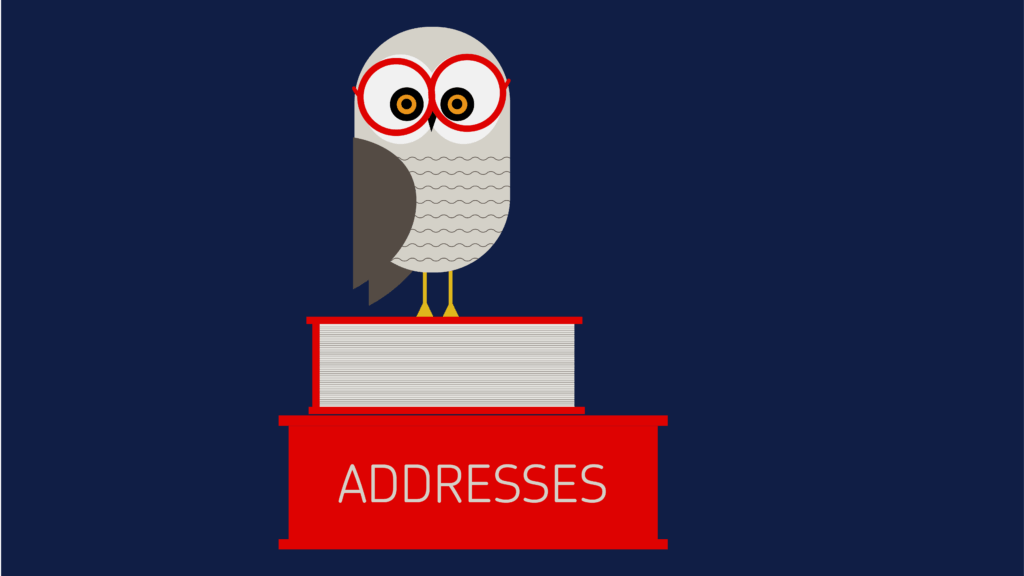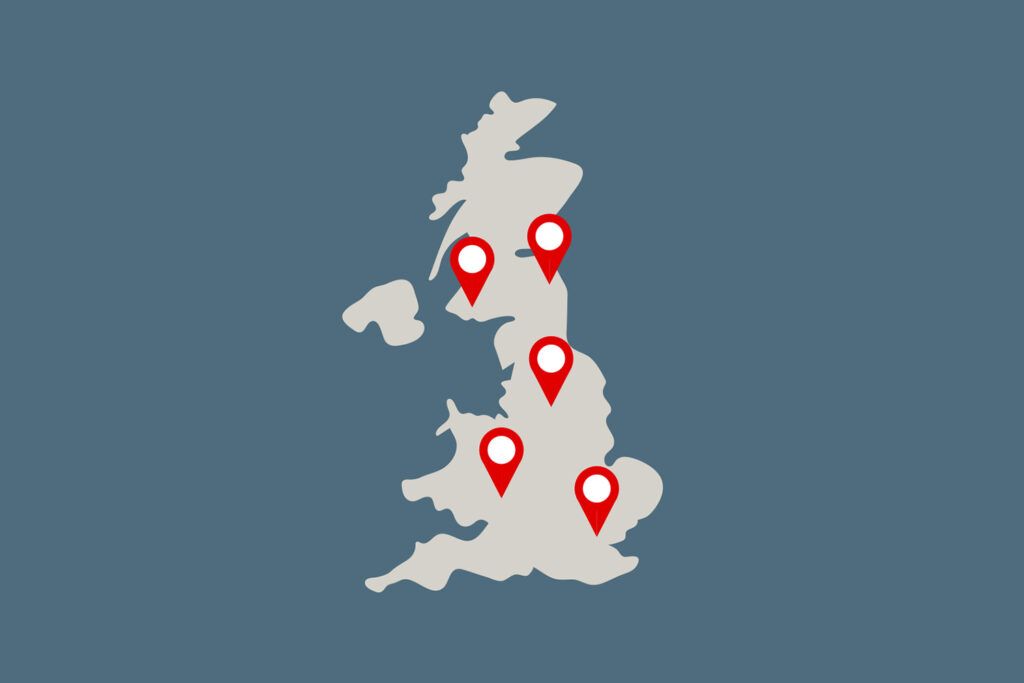A Postcode Address File might sound like it has a ring-fenced application: it’s a file, and it’s for finding postcodes. You call it up, you type in an address, and it serves up the postcode. You have no specific interest in postcodes, you don’t collect them as objects of fascination like schoolboys used to collect car number plates, it’s just that since they were invented in 1974 the Royal Mail wants you to use them so you do. We’re a pretty obedient bunch when it comes to sending Christmas cards.
Yet for some of us that Postcode Address File is indeed an object of fascination. The Royal Mail’s Licence Development & Implementation Manager, who considers himself a general addressing geek, tells me “It’s hard to have worked for Royal Mail for 42 years and in address management for 26 years and not be interested in addresses”. Those numbers bespeak dedication to the database, and I can understand why. I’m a historian of the English language, and some decades ago I began paying attention to house names. Anyone who has ever walked down British residential streets has seen house names, but actually paying attention to them is probably not normal. It’s more in one eye and out the other. So much so that there is no other way of summonsing up the nation’s house names than asking the General Addressing Geek for access to the Postcode Address File, and until I came to write a history of British house names, there was nowhere much to read about them.
I wanted to know how it was that we declare our social rank via our houses: contrast ‘Buckingham Palace’ with ‘Bide-a-Wee’ (to take a fictional house name from Carry On Screaming! of 1966, spookily inhabited by Bernard Bresslaw, Fenella Fielding and Kenneth Williams). There are 31 houses currently named ‘Bide-a-Wee’ in the Postcode Address File, and native English speakers know without further information that none of them are palaces. So I researched house names via Medieval Latin, Anglo-Norman and Middle English documents, and found that early house names referenced the householder (Blemondisberi, 1280, ‘Blemond’s manor-house’, modern-day Bloomsbury), the householder’s occupation (Wolhous, 1294, ‘wool-house’), and the appearance of the house frontage (le Yuyhall, 1349, ‘the Ivy Hall’) – and practically no other naming customs until the early 1300s when commercial premises began to be named after the emblems of heraldry: le Thre legges, la Cardinaleshat, la Worm on the Hope (a worm was a dragon; the hoop was a barrel-hoop). The glamour of chivalric knights was turned into a fourteenth-century marketing tool, still apparent in pub names. Over time, as two premises were knocked into one, or an apprentice set up independently of a master, names came to be conjoined: the Wheatsheaf and Boddice, the Naked Boy and Coffin, the Golden Tea Kettle and Speaking Trumpet. These are eighteenth-century London shop names which fell victim to the 1762 Act of Parliament ordering sign-removal, and house-numbering took their place.
In the nineteenth century there was as yet no Postcode Address File, so I turned to the next best thing. House names in Mason’s Court Guide and General Directory for Brentford, Kew, Ealing, Isleworth, Twickenham, Teddington, Richmond, Kingston, Hampton, &c., &c. of 1853 fall into just five categories (the &c., &c., is in the title, I think I once lived in one of the &cs):
1 the transferred place-name (Hanover Lodge)
2 the nostalgically rural (Orchard House)
3 the commemorative (Wycliffe House, referencing the theologian)
4 names associated with nobility (Grosvenor House, the Duke of Westminster’s family name)
5 the latest fashion or fad (Gothic Villa)
Plus there’s a twist on the transferred place-names: stately homes tended to be named after the local village + ‘hall’, and when suburban housing was built in the railway age, new owners took village names and uncoupled the components and put them together in new combinations, so that a house name can have one place-name element from Old Norse and one place-name element from Old Cornish. The suburban householders didn’t know or care, they were just conforming to a pattern of villagey-sounding house names: Penthwaite (Celtic + Old Norse), Inverdene (Scottish Gaelic + Old English).
Sunnyside, however, sounds suburban but is far older. My book traces its trajectory from pre-historic Nordic land-division, to medieval Scottish steading, to eighteenth-century Quaker code, over to America where it remains as a church name, and back to mid-Victorian London wealthy Nonconformists’ mansions. There’s more to it than that, though, and you can read about it in:
Laura Wright, Sunnyside: a Sociolinguistic History of British House Names, British Academy/Oxford University Press, 2020.



